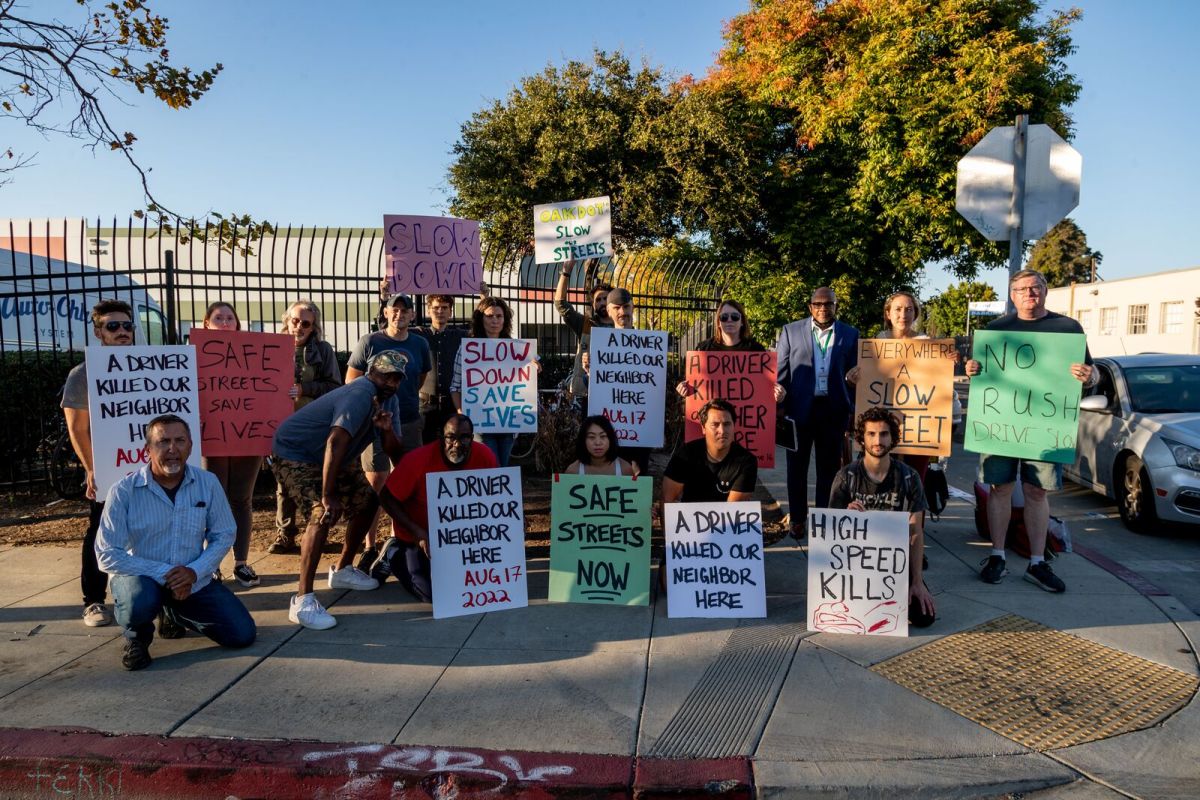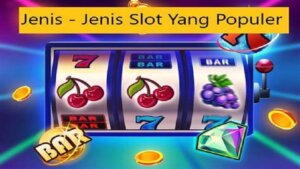
Posted on 03 February 2012 by NeilF
After the recent attempt by Occupy Oakland to occupy an abandoned building to create a community center like the one the city repeatedly destroyed at Oscar Grant Plaza, some non-violent activists have taken to the internet to denounce those who chose to throw objects at the police.
As a non-violent activist committed to social justice, I question where these advocates of brave, non-violent disobedience were when the police began shooting people with rubber bullets, tear gassing them, and shooting exploding concussion bombs into the crowd that was attempting to occupy the Kaiser building? Where were these voices, who now rise up to condemn the violence of the protesters in article after article, when they needed to be on the front line providing an example of a disciplined, resolute, and courageous non-violent response to the police attacks on protesters?
In video after video of the days events, you do not see anyone acting in the classic non-violent methods of disobedient response to the brutality of the police. Without a doubt, it is much harder to do so today, when police forces no longer have only the helmets and truncheons of the civil rights era with which to attack people face to face, but can now shoot activists from 500 yards away with incredibly painful weaponry while hiding behind enough riot gear to make them look like robo-cops incapable of any type of humanizing interaction with those who would choose the moral power of a non-violent response to their violence. But, this change of condition is no excuse for those who come out condemning violent protesters after the fact to only criticize while not providing any leadership or example. Dr. King was arrested at least 34 times during his struggle for civil rights and justice. That is what true leadership looks like.
Those who would condemn the actions of activist’s violent responses to police brutality must show by example what a powerful non-violent response would look like. We must be there, on the front line, willing to sit down and refuse to move when tear gas, rubber bullets, and concussion grenades are going off all around us and injuring us. That is when the courage of our conviction to non-violence is tested and proven. That is when we prove the power of non-violence to oppose injustice.
Until we, the advocates of a non-violent response, can show the power of our convictions through our actions, we have no room to condemn violent protesters, especially when we do so while not also condemning the violent actions of the police in the same breath. We have no moral ground to stand on in this regard. We must build a moral high ground through the sacrifices of struggle. It is not automatically afforded to us without proving our commitment to non-violent resistance when it is tested the most.
Non-violence can be an incredibly powerful response to violence by institutions because it can clearly show who the violent side is and which side is fighting a moral struggle, rather than a military one. I envision the next time Occupy Oakland is attacked by the police a group of activists committed to non-violence refusing to move or turn our focus onto those activists throwing objects when the police attack, and using the moral power of our refusal to move to expose the violence that keeps buildings empty while the homeless sleep on the streets. Only then can our plea for a non-violent struggle be taken seriously.
In the civil rights era, non-violent activists were beaten, bloodied, jailed, and even murdered while retaining a fierce commitment to non-violence. If we use their struggle as an example for the Occupy movement to emulate, we must be willing to make those same sacrifices. If we aren’t, our words will continue to ring hollow, and the youth, seeing no other viable alternative in practice, will continue to defend themselves from the modern-day long range police assaults on the streets with their own long-range responses of rocks, bottles, and other violent means that take away our moral power to shame the system into ending it’s policy of defending abandoned buildings and the rule of the 1% with vicious violence.
We must be the change we wish to see within the movement, even more so than in the world at large, and we must provide an example, not of the condemnation of violent activists — which is an argument all too easy for those opposing the movement against economic inequality to use to their own advantage — but, rather, of a path forward for those in the struggle beside us. A non-violent path that overwhelms the guns and chemical weapons of the modern riot police with a refusal to be moved and a refusal to stop demanding social justice.
Only when we begin to lead by example will people once again come to understand the meaning of “we shall not be moved” and “we shall overcome.” And if we can find the courage of our convictions, we surely will overcome their morally bankrupt violence and achieve Dr. King’s dream of equality.








